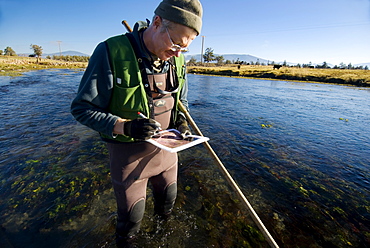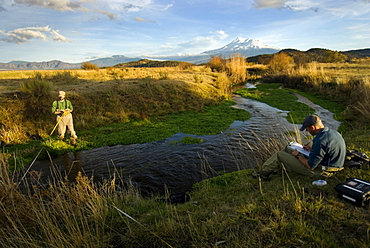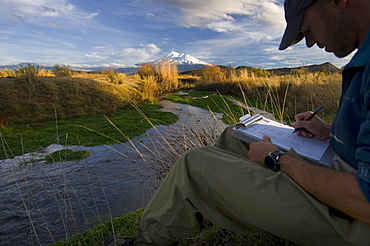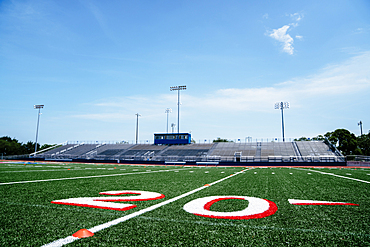Results
3 results found

Traditional doorway with fanlight windows in Merrion Square famous for its Georgian architecture, Dublin, Ireland

Mt Shasta CA, Big Spring Ranch Bill Chesney from the CA Dept of Fish & Game counting redds in a stretch of river that is heavily grazed by cattle who have full access to the river and often drink and eat in it. Mt Shasta in the background. The Shasta River runs through Big Springs Ranch about 20 miles north of the town of Mt Shasta. The ranch, which is contributing to degraded habitat conditions, and actually warming water temps by upwards of 10 degrees as the river passes through the ranch and then spills into the Klameth, is currently under contract for purchase by TNC. Since the contract began, TNC and partner organizations have been allowed to research this stretch of river for the first time. They have discovered that is it a very fertile juvenile rearing area and that there are a surprising number of returning salmon in spite of habitat degradation by grazing cattle (often in the river) and irrigation practices. If this purchase is successful, TNC has the chance to improve a large stretch of habitat and quickly improve conditions that will effect numbers of returning fish and habitat in the Shasta and Klameth Rivers. The Shasta River and its tributaries create one of the most important spawning nurseries for Chinook salmon in the entire Klamath Basin, United States of America

November 12, 2008 Mt Shasta CA, Big Springs ranch The Shasta River as it runs through Big Springs Ranch about 20 miles north of the town of Mt Shasta. The Shasta River and its tributaries create one of the most important spawning nurseries for Chinook salmon in the entire Klamath Basin. The ranch is contributing to degraded habitat conditions, which actually warm water temps by upwards of 10 degrees as the river passes through the ranch and then spills into the Klameth River.This stretch of river is a very fertile juvenile salmon rearing area and that there are a surprising number of returning salmon in spite of habitat degraded by grazing cattle and bad irrigation practices, United States of America

November 12, 2008 Mt Shasta CA, Big Springs ranch Carson Jeffres (rt) Staff Research Associate for UC Davis Center for watershed Sciences, and Andrew Nichols, Jr Specialist (UC Davis Center for watershed Sciences,) conducting research in the Shasta River where it runs through Big Springs Ranch about 20 miles north of the town of Mt Shasta. The ranch, which is contributing to degraded habitat conditions that warm water temps by upwards of 10 degrees as the river passes through the ranch and then spills into the Klameth, is currently under contract for purchase by TNC, therefor TNC and partner organizations have been allowed to research this stretch of river for the first time. They have discovered that is it a very fertile juvenile rearing area and that there are a surprising number of returning salmon in spite of habitat degrated by grazing cattle (often in the river) and irrigation practices. If this purchase is sucessful, TNC has the chance to improve a large stretch of habitiat and qucikly improve conditions that will effect numbers of returning fish and habitiat in the Shasta and Klameth Rivers. The Shasta River and its tributaries create one of the most important spawning nurseries for Chinook salmon in the entire Klamath Basin, United States of America

November 12, 2008 Mt Shasta and the Shasta River, Big Springs ranch, CA Carson Jeffres Staff Research Associate for UC Davis Center for watershed Sciences, conducting research in the Shasta River where it runs through Big Springs Ranch about 20 miles north of the town of Mt Shasta. The Shasta River and its tributaries create one of the most important spawning nurseries for Chinook salmon in the entire Klamath Basin. The ranch is contributing to degraded habitat conditions, which actually warm water temps by upwards of 10 degrees as the river passes through the ranch and then spills into the Klameth River.This stretch of river is a very fertile juvenile salmon rearing area and that there are a surprising number of returning salmon in spite of habitat degraded by grazing cattle and bad irrigation practices, United States of America

















